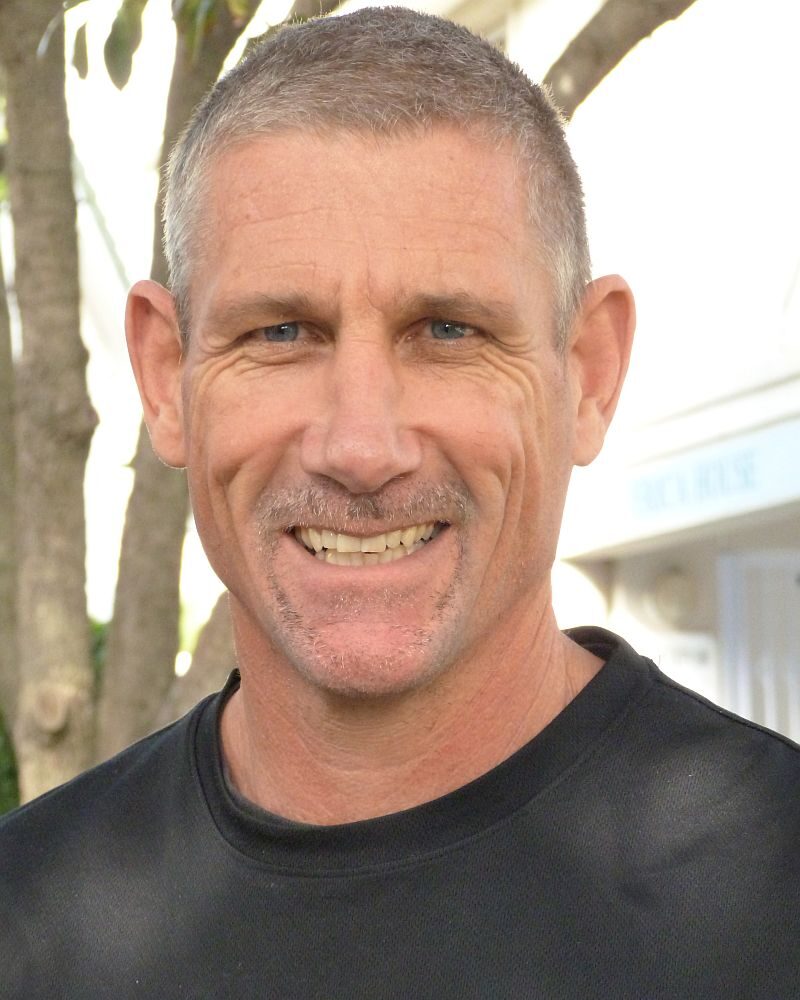Why are there still missionaries in some countries when the church has been established for quite some time? This is a very good question to ask, both for churches and mission organisations.
In our experience, we have noticed two possible answers.
 One is that the church is still ill-equipped for missionary work and requires a partnership with those able to cross the divides and difficulties in taking the gospel into hard-to-reach places.
One is that the church is still ill-equipped for missionary work and requires a partnership with those able to cross the divides and difficulties in taking the gospel into hard-to-reach places.
The other reason is the church’s unwillingness to cross over into hard-to-reach places. I think historically back to North Africa: for the first 350 years after our Lord’s ascension, it was the seat of Christian learning, direction and instruction. However, an inability to move the gospel to a more rural and nomadic people left them exposed, and once opposing forces came from the East, the church fled across the Mediterranean, leaving the local believers nothing of much use and substance in holding out against an advancing religion.
Specifically in Southern Africa, we have had a disconnect between church and missions that can be traced back almost to the first Europeans who brought the gospel to our region. Born out of the Reformation and under serious spiritual persecution from Rome, many came seeking an escape and new way of life. Their religion and faith were to be forged together for the protection and establishment of their newfound (God-given) place—not to spread the gospel but to have the gospel work within for the benefit of those ‘encircled by the wagons’. When missionaries did start arriving—wanting to move out with the gospel—they were met with strong opposition because of how it might destabilise this fragile new community, so early missionaries had to basically sign out, making sure their work would not threaten this new enclave in any way. It’s with these old practices and beliefs that we have basically continued forward till today, and we can still find ourselves on very different sides of what is deemed acceptable practices of evangelism.
Many churches still regard ‘missions’ as their obligation to church planting or denominational growth rather than as an active involvement in the larger body of Kingdom building to which most missions ascribe. It’s not an uncommon view amongst churches that those outside and lost must come in—sometimes in a very prescribed way—rather than hold the view of going out, seeking to establish something new, different and indigenous amongst those who are lost and still seek the Good News.
The problem with years of churches and missions working apart is that it begins to cement practices. As much as churches might be stuck inside, missions have often created mission churches and mission denominations outside. A form of paternalism now permeates that is hard to break down, so we are both holding out, or holding onto what we perceive to be established and acceptable forms of outreach.
Fortunately, God is above the affairs of mankind, and today we are beginning to see a move from within the Church and the Mission, recognising our common call to “go to the ends of the earth”, and slowly God is changing the way things have always been done. New church and denominational leaders are being elected who have missionary backgrounds, missionaries are being called to pastor churches, so hopefully—with less finger-pointing and more grace and humility—we are moving closer together to expose our blind spots and strengthen what has always been God’s ordained work, the building of His Body. Why missions today? Well, to lovingly invite, include and equip the Church into moving beyond its walls into the greater work of God’s Kingdom come, because ultimately Jesus is coming back for the Church, a bride still very much in need of preparation for His imminent arrival.
‘Then He said to his disciples, “The harvest is plentiful but the workers are few. Ask the Lord of the Harvest, therefore, to send out workers into the harvest field.” Matthew 9:37-38 (NIV)

This article is reprinted from SIMnow issue 157, available for download at https://sim.org.za/simnow/.
Text and photo by Mark Hugo, SIM South Africa Missionary
